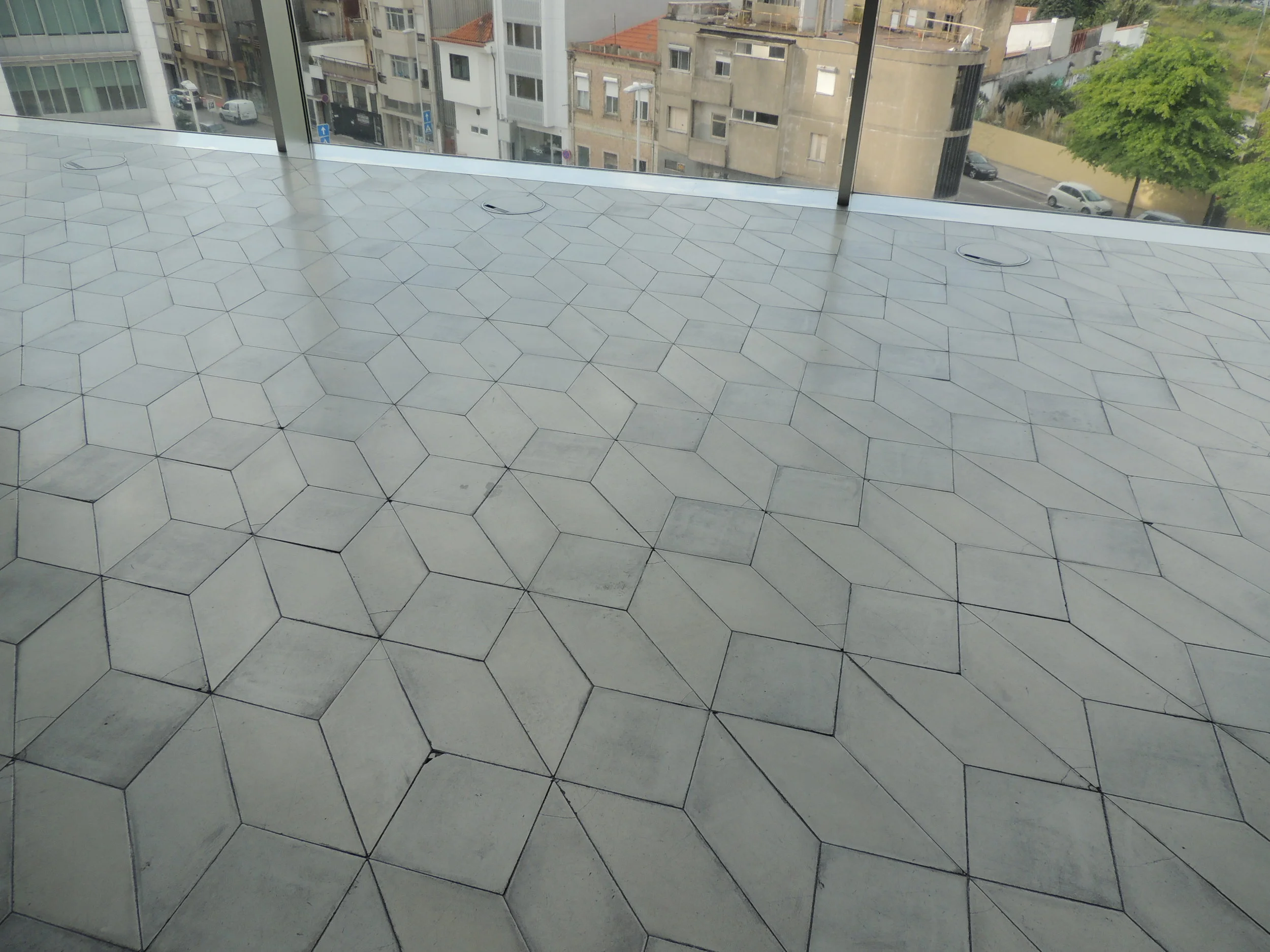BEST PRACTICES: Client TMI... How much is too much?
/When working with clients, we’re often faced with trying to decide just how much building material content intel to share. The harmful effects of exposure to PBDEs, formaldehyde and other VOCs, and PVC have been well documented by the media recently. And to be candid, these concerns are merely a small sampling of the chemical exposures we are justified in worrying about. But when more research into toxins like these often leads to fear, how much is too much information for the client?
It’s easy to get overwhelmed by potentially terrifying information and to feel paralyzed by all of the potential health risks involved in making an uninformed decision (I’m speaking from experience here). As designers and consultants, our aim is to enable clients to make sound, well-informed decisions by which they can live happily and with peace of mind moving forward.
On one hand, we’re in favor of full disclosure wherever and whenever possible. As a registered architect, I am, after all, my clients’ fiduciary. That means that I’m responsible for acting in my client’s best interests, and for me that charge comes with with gravity and dedication. But what each client expects as I pursue their best interests tends to vary broadly depending on a number of factors that are specific to each client and vary for every project. For some, achieving the lowest ecological impact is the ultimate goal. Others want a negotiation between sustainability, indoor environmental quality, and high quality design. Still others aim to shoehorn budget and efficiency into that calculus (present company included), settling for nothing less than an optimization between a host of important considerations. We’ve learned that for some personalities, more information is empowering and helps to shape decisions in productive ways. And yet for others, a barrage of studies and statistics can be burdensome and downright paralytic.
How do we provide clients with a “just right” amount of information that enables them to decide how to prioritize budget, toxicity, longevity and design appeal? It starts with a host of questions to get the conversation started, and we begin by talking candidly about how much product-specific information sharing makes sense for a particular client and product. From there, we talk about a number of issues: When is spending more money on healthier materials worth it, even if they are uglier? When does saving a few pennies and accepting a slightly less recycled/recyclable/ecologically-minded material become a decision one can live with? These inquiries are personal, and we work together to find answers that (a) help clarify our collective goals for each project and, most importantly, (b) that we can all live with.
At HAABITT, we see our role as that of facilitators and translators, initiating the design process to build a series of client- and project-specific questions that helps the entire team—clients, designers and often various other consultants—develop a common language of priorities to work from. This is often when the difficult (but also essential and exciting!) work of goal prioritization comes into play. A team that is dedicated to this conversation (or more likely a series of conversations) at the outset of a project is likely to see the fruits of their early labor result in a more efficient and enjoyable design and construction process, and a final product that allows its inhabitants agency and peace of mind.
